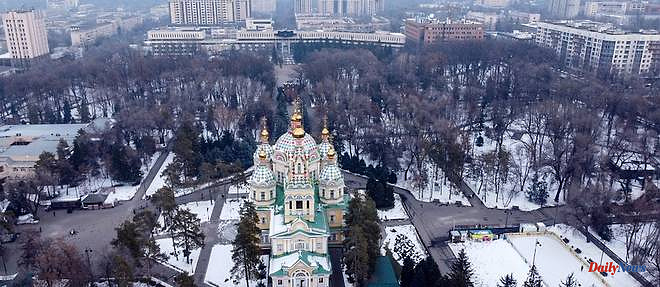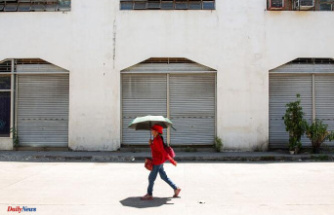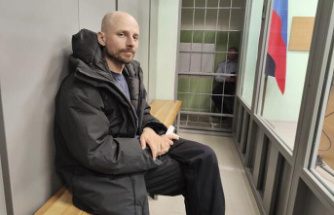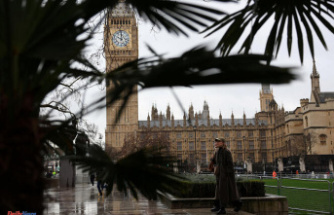In Almaty, two million people live on 27 tectonic faults. And the devastating earthquake in Turkey and Syria has awakened their fear of seeing, one day, the largest agglomeration in Kazakhstan collapse.
“We are also in danger,” worries Klara Imangalieva, a forty-year-old living in this city dominated by the majestic Tian Shan mountains.
"I'm looking for a new home to move into a one-story house and at least have a chance of surviving in the event of an earthquake," said the woman who lives on the ninth floor of a building in the city center.
Three earthquakes devastated Almaty at the end of the 19th century and the beginning of the 20th century, so much so that the city was largely built up during its time as a member of the Soviet Union.
The architect and urban planner Almas Ordabayev, one of the best known in the country, recalls that "seismic standards have evolved since the end of the 1930s".
If "the buildings currently being built are made to withstand the most devastating earthquakes", the situation is different for old buildings.
"All (those) built until the end of the 1950s and not having been reinforced will not survive an earthquake like the one in Turkey", adds this quick-witted man of soon to be 85 years old. An estimated 10% of Almaty falls into this category.
But Mr. Ordabayev also notes that no one really knows what will happen to the buildings built during the post-Soviet economic and political chaos, in a country plagued by clientelism.
"Only a strong earthquake will reveal what will happen to buildings built in the 1990s by corrupt and criminal companies," he said.
"I hope that the earthquake in Turkey will serve as a lesson to our authorities and our builders," he adds, referring to the liberties that real estate developers, especially Turkish ones, would have taken with the implementation of earthquake-resistant standards. .
The risk is not theoretical. The earth is constantly shaking throughout southern and southeastern Kazakhstan, one of the heads of the Almaty Institute of Seismology, Noursaren Uzbekov, told AFP.
"Some 40,000 earthquakes have been recorded in the past five years" in Kazakhstan and, on average, "nine to fifteen are felt each year by the population", he continues.
His institute scrupulously studies every movement of the earth and even the behavior of animals: snakes, birds, rabbits, fish.
His colleague Grigori Kotchkarov works in a seismological station perched in the mountains overlooking Almaty. In front of him, screens to scrutinize the movements of the earth in real time.
"If there is an earthquake, we immediately see it on the screen, receive an audible signal and in ten minutes maximum, we transmit the information", he explains, opening a heavy door set in the earth.
In front of him, some 300 meters of gallery where, "normally, nobody enters", shelter extremely sensitive measuring instruments, kinds of giant stethoscopes auscultating our planet.
"The devices never stop and feel vibrations up to 3,000 kilometers around," adds the patrol leader with a thin mustache. Evidenced by these kilometers of sheets of archival paper, some dating from the 1930s.
But the majority of seismographs and seismometers date from the USSR and are insufficient, a situation which the Kazakh government has said it wants to remedy.
In former Soviet Central Asia, other major cities live with the fear of a destructive earthquake.
In Kyrgyzstan, a mountainous country, the authorities have promised to test the resistance of buildings.
In Uzbekistan, the capital Tashkent was also largely destroyed in 1966. Pensioner Nuriddin Ibragimov recalls: "I was about 13 years old, Tashkent was in ruins, and the (Soviet) authorities hid the death toll ".
Ashkhabad, the capital of Turkmenistan, was razed to the ground in 1948, a disaster that left an estimated 100,000 dead. This country, one of the most reclusive in the world, takes "the necessary measures to preserve the integrity of the structure of the buildings", assures AFP a government source.
And in Tajikistan, Lake Sarez, itself formed by an earthquake, poses a threat to a quarter of the country, if the natural dam containing it were to give way.
02/22/2023 21:10:00 - Almaty (Kazakhstan) (AFP) - © 2023 AFP












